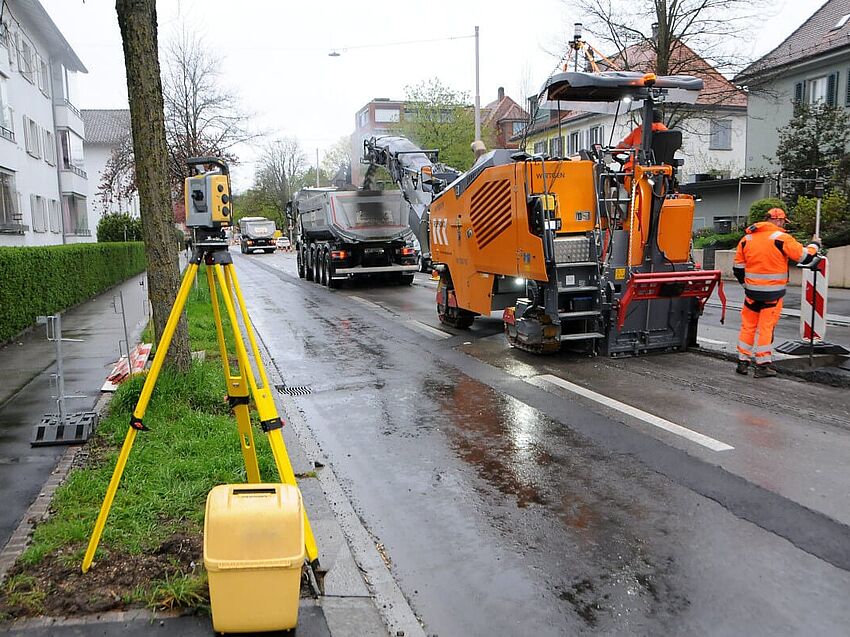Traditionally, the construction value chain – including architects, civil engineers, contractors, material suppliers, and operations and maintenance firms – has been fragmented and disconnected. In addition, the industry has relied on using outdated, paper-based methods of sharing information and collaborating. This has led to inefficiencies in the way projects are designed, built, and delivered, with many projects missing their deadlines and exceeding their budgets. And the larger and more complex the project is, the greater the risk is of these inefficiencies leading to overspends and late completion. However, with collaborative digital workflows and data exchange models, these key challenges can be overcome to help ensure that projects are designed and delivered on time and on budget.
Why Do Construction Projects Exceed Budgets And Schedules?
There are many reasons for project delays and overspends. On large projects in particular, there are many complexities involved with the long-term planning of these types of projects, such as the complex geometry involved. In addition, it is often the case that during the course of the design and construction – which may span many years – the project scope may change several times, due to budget changes or unforeseen conditions, for example. With most construction projects, there are many different teams involved – often in different locations – leading to silos of information. Typically, each team also has different tools and software they use which makes sharing information difficult.
The Digital Future Of Construction
However, the construction landscape is changing thanks to digital technologies. Using solutions such as Building Information Modeling (BIM), the construction value chain can be connected for the first time. BIM is more than a 3D model; it is the process of generating and managing digital workflows between the different parties in the project. This drives improved communication and cooperation between the entire project team, enabling everyone to access and review a 3D visualization of the completed project. Contained within the 3D model is all the information that is required to build the project – whether that is material performance information, spatial relationships, quantities, or geographic and geometric data. With cloud technology, the entire value chain can come together for real-time collaboration using a single source of truth, enabling informed decisions to be made earlier in the process. The result is enhanced productivity with a significant reduction in the amount of re-work, errors, clashes between disciplines or phases, and material wastage.
To achieve this continuous exchange of information, the data needs to be shared in a way that allows the entire value chain to access it in its entirety. With the traditional method of delivering projects, information is typically lost at every handover stage, resulting in time lost as one party recreates data from another. Moving to the digital workflows of BIM aims to avoid this problem. However, it is also important that the information exchange does not restrict users to one particular file format or software manufacturer, so that each team member can use the software of their choice to produce their required outputs. To achieve this, non-proprietary data exchange interfaces such as the Industry Foundation Classes (IFC) or Construction Operations Building Information Exchange (COBie) file formats have been developed. These formats allow the model and asset data to be shared with others working on the project and ensure that they are able to access and read the information they need, irrespective of the software package they choose to use.
Unlocking The Value Of Digital Infrastructure
In partnership with the UK Institute of Civil Engineers (ICE) and Solid Structures, ALLPLAN delivered a webinar which outlines how the construction value chain can capitalize on digital workflows and data exchange to improve the delivery of infrastructure projects. Watch to learn more about how the construction industry can overcome the key challenges of project delivery by embracing the digital era.




